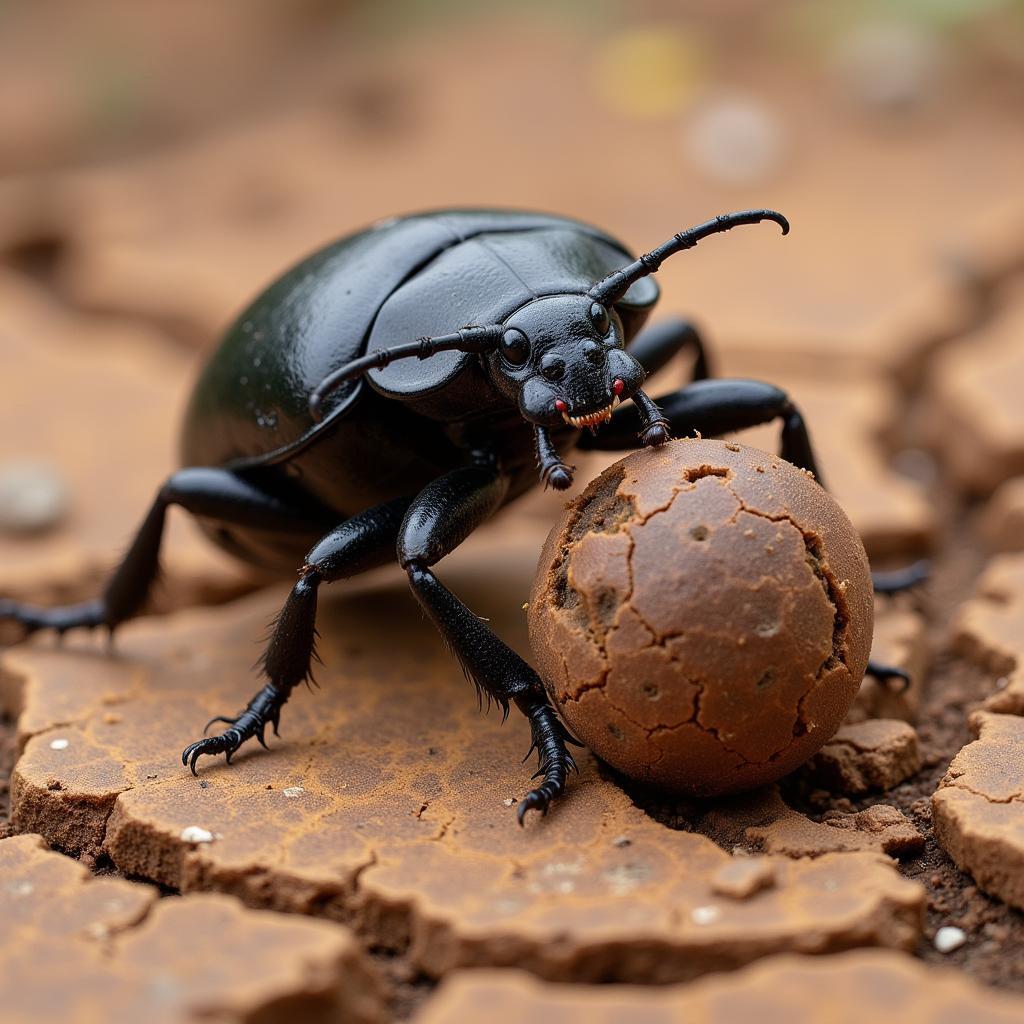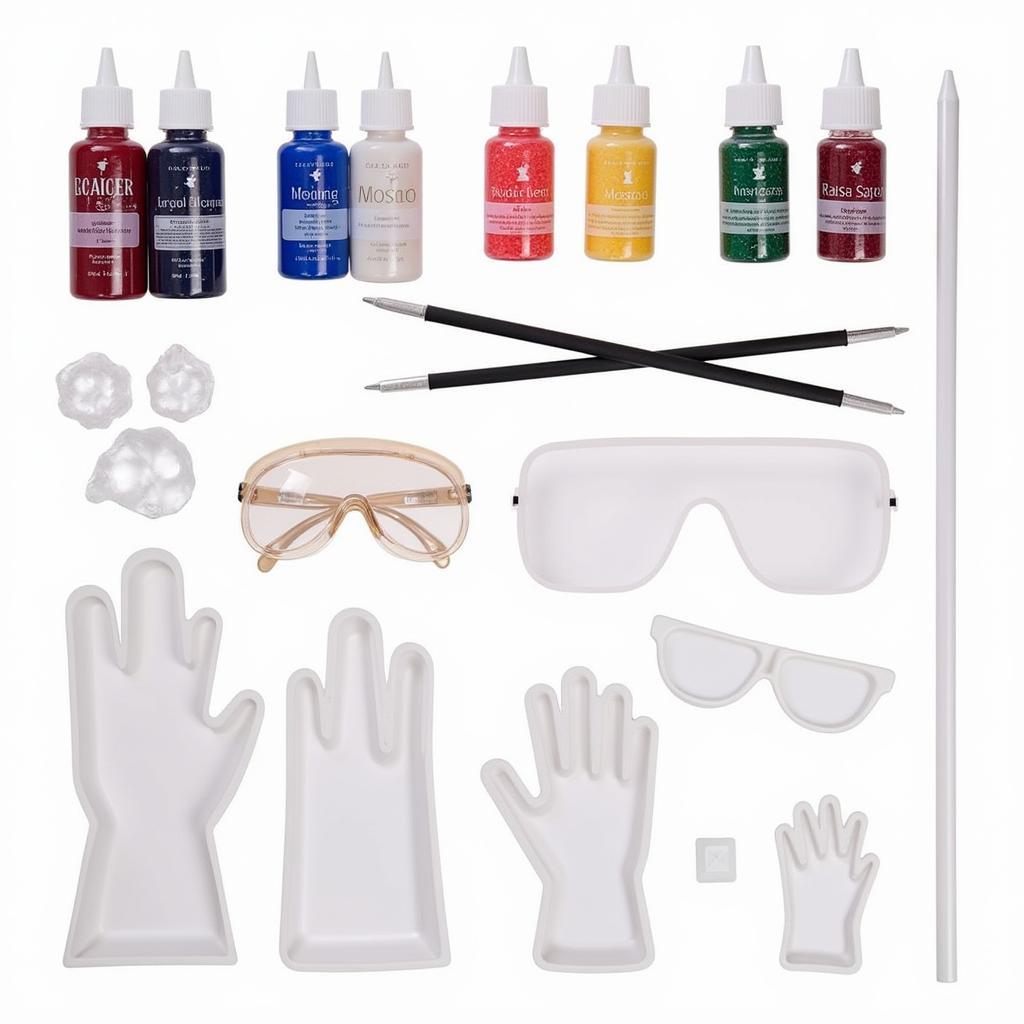Discovering the Wonder of Dung Beetle Art
Dung Beetle Art is a fascinating intersection of nature, science, and artistic expression. These tiny creatures, often overlooked, play a vital role in our ecosystem and have inspired artists and scientists alike for centuries. From ancient Egyptian reverence to contemporary installations, the humble dung beetle has left an indelible mark on human creativity. Explore the intriguing world of dung beetle art and discover how these industrious insects are transforming our understanding of art and nature.
The Unexpected Beauty of Dung Beetle Behavior
Dung beetles are renowned for their unique behavior of collecting and shaping dung into balls. This seemingly simple act has profound ecological implications, contributing to soil fertility, nutrient cycling, and seed dispersal. But beyond its practical benefits, this behavior also offers a captivating spectacle of natural artistry. The meticulous process of rolling, shaping, and burying dung balls has captured the imagination of artists and scientists, leading to a diverse range of artistic interpretations.
What drives this fascinating behavior? Dung beetles use dung for both food and reproduction. Some species roll dung balls away from the main pile to avoid competition, while others bury the dung directly beneath it. This intricate interplay of survival and resourcefulness has inspired countless artistic explorations.
 Dung beetle meticulously rolling a dung ball
Dung beetle meticulously rolling a dung ball
Dung Beetles in Ancient Art and Mythology
The reverence for dung beetles extends far back into human history. In ancient Egypt, the scarab beetle, a type of dung beetle, was considered a sacred symbol of rebirth and renewal. Its dung-rolling behavior was seen as a metaphor for the sun’s journey across the sky, and its emergence from the earth symbolized resurrection. Scarab amulets and depictions adorned tombs, temples, and jewelry, reflecting the deep cultural significance of these remarkable insects. How did ancient Egyptians view these creatures? They believed the scarab beetle represented the god Khepri, who pushed the sun across the sky each day, just as the beetle pushes its dung ball.
Contemporary Dung Beetle Art: A New Perspective
Today, artists continue to draw inspiration from the dung beetle, exploring themes of ecology, sustainability, and the interconnectedness of life. From sculptures and installations to photography and digital art, the dung beetle has become a powerful symbol in contemporary art. Some artists use actual dung in their work, highlighting the beetle’s role in waste management and nutrient cycling, while others create abstract representations of the beetle’s form and behavior. Why is the dung beetle relevant in contemporary art? It serves as a potent reminder of the delicate balance of our ecosystem and the importance of even the smallest creatures.
Exploring Dung Beetle Art Through Different Mediums
The versatility of dung beetle art extends across various mediums, providing artists with a unique platform for expression. Sculptors have crafted intricate representations of dung beetles and their dung balls, capturing the dynamic movement and intricate details of these insects. Photographers have documented the beetles in their natural habitat, highlighting their vital role in the ecosystem. Digital artists have utilized technology to create stunning visualizations of the beetle’s behavior, offering new perspectives on this fascinating creature. What are some popular mediums for dung beetle art? Sculpture, photography, painting, and digital art are all common mediums used to portray these incredible insects.
Conclusion: Appreciating the Artful Dung Beetle
Dung beetle art offers a captivating blend of science, nature, and artistic expression. From ancient mythology to contemporary installations, these tiny creatures have inspired countless creative interpretations. By exploring the world of dung beetle art, we gain a deeper appreciation for the intricate beauty and vital role of these often-overlooked insects in our ecosystem. Continue exploring the fascinating world of dung beetle art and discover the hidden wonders of the natural world.
FAQ
- What is the significance of the dung beetle in ancient Egyptian culture?
- How do artists incorporate dung beetles into their work?
- What ecological roles do dung beetles play?
- Where can I find examples of dung beetle art?
- Why is the dung beetle considered a symbol of rebirth?
- How do dung beetles contribute to soil health?
- What are some interesting facts about dung beetle behavior?
For any support, please contact us at Phone Number: 02462573573, Email: danteum@gmail.com Or visit us at Savico Megamall, 7-9 Đ. Nguyễn Văn Linh, Gia Thụy, Long Biên, Hà Nội 10000, Việt Nam. We have a 24/7 customer support team.

